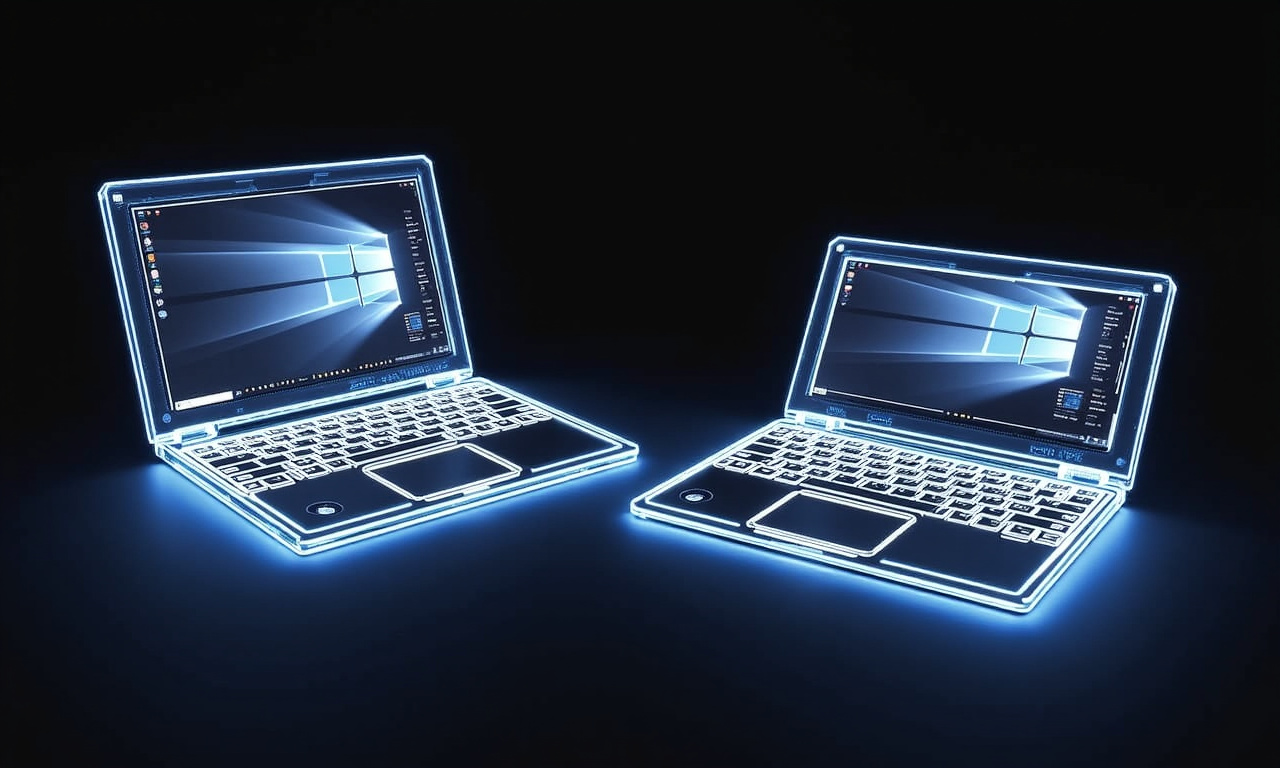Introduction
In a significant shift within the semiconductor industry, AMD has made notable gains against Intel in the desktop CPU market, according to the latest report from Mercury Research. This development is emblematic of AMD’s growing influence and competitiveness in the tech landscape, a sector historically dominated by Intel. However, in the arena of mobile CPUs, Intel continues to maintain a strong lead.
Zooming In
Desktop CPU Market Dynamics
The report reveals that AMD’s market share in the desktop CPU segment has jumped to 32.2% from 23% over the corresponding quarter last year. This increase comes as AMD’s latest Granite Ridge processors, particularly the X3D variants, have seen substantial uptake among consumers. Conversely, Intel’s market share has shrunk from 77% to 67.8%, highlighting a challenging year for the industry giant.
Market analysts point to the high performance and competitive pricing of AMD’s products as key factors in its market share gains. The adoption of AMD’s CPUs is not just a commercial win; it marks a pivotal moment in the desktop CPU space, where performance efficiency and power consumption are becoming increasingly important metrics for consumers.
Mobile CPU Market: Challenges and Opportunities
Despite its desktop gains, AMD faces hurdles penetrating the mobile CPU market, which remains a stronghold for Intel, commanding a 79.7% share. Industry experts suggest that this dominance is largely due to Intel’s longstanding relationships with major laptop manufacturers. AMD has made incremental progress, evidenced by a modest 0.3% year-on-year increase in mobile CPU market share, propelled in part by high-profile partnerships with brands like Razer using its Strix Point chips.
AMD’s challenge lies in strengthening collaborations with other laptop manufacturers to further chip away at Intel’s dominant position in mobile computing. Although this segment represents a smaller fraction of AMD’s current success, it offers significant growth potential.
Industry Context and Future Projections
Intel’s struggles are compounded by its latest Arrow Lake chips receiving lukewarm reception and facing internal challenges, including foundry issues and leadership changes. Former CEO Pat Gelsinger’s departure amidst financial downturns further clouds Intel’s market stability. Additionally, political pressures surrounding Intel’s new leadership have introduced further strains.
Looking forward, AMD’s continued innovation, particularly in desktop and GPU offerings, remains crucial. The company is also eyeing opportunities in AI processing-a burgeoning field where Nvidia leads.
Conclusion
AMD’s advances in the desktop CPU market are noteworthy in an industry long overshadowed by Intel’s dominance. While AMD has much to celebrate, particularly in terms of revenue and market position, its journey in the mobile segment presents ongoing challenges. The tech world will keenly watch how AMD strategizes to expand its influence in mobile computing and compete in emerging fields like AI and machine learning, which hedge the future of computing amid an era of technological transformation.









